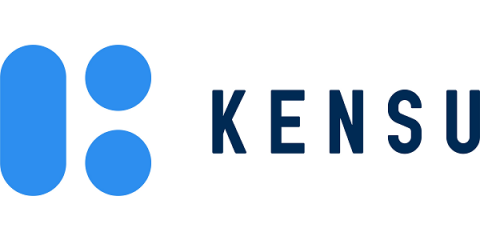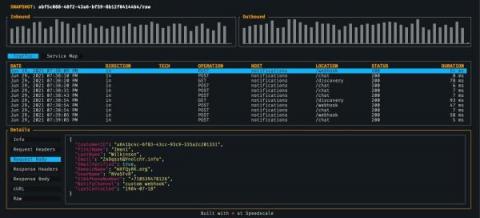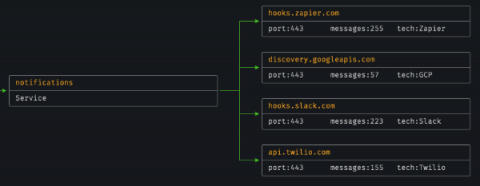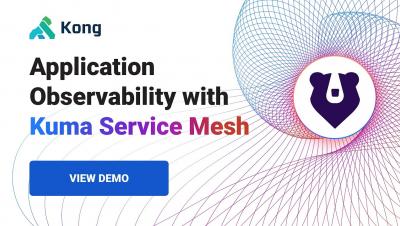Data Mesh: Promoting Data as Products
The Data Mesh is a fascinating approach to designing and developing data architectures – and it’s generating a lot of attention and discussion in the data world. The concept, introduced by Zhamak Dehghani, challenges the status quo idea of a centralized, monolithic data architecture. Instead, advocating for a decentralized domain-driven design.











